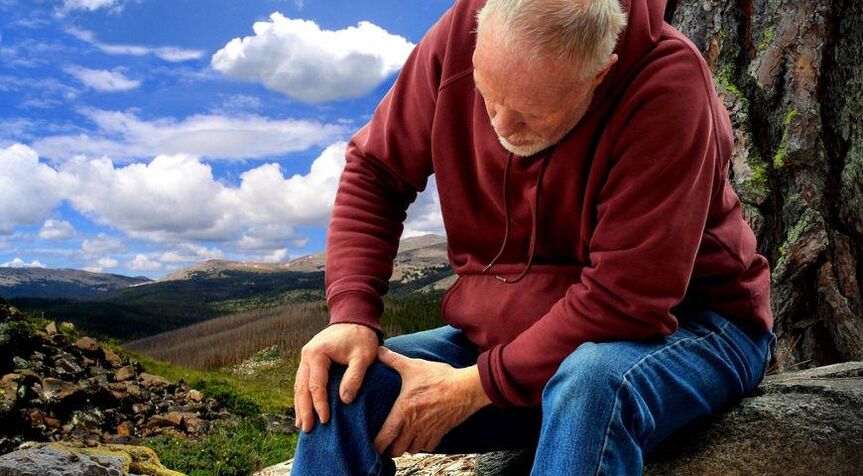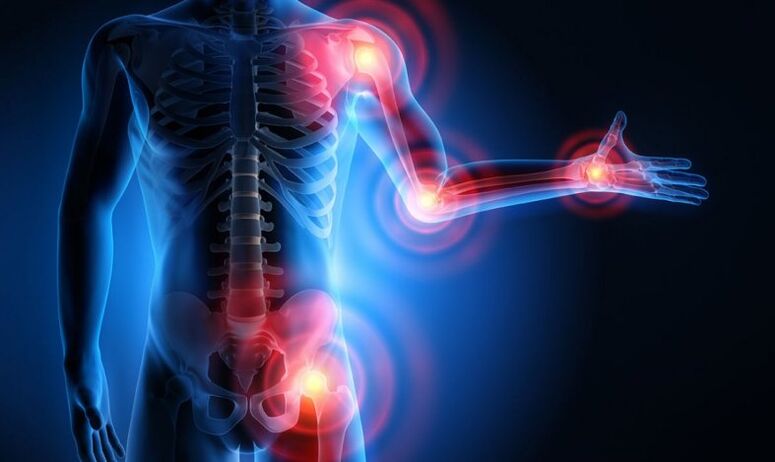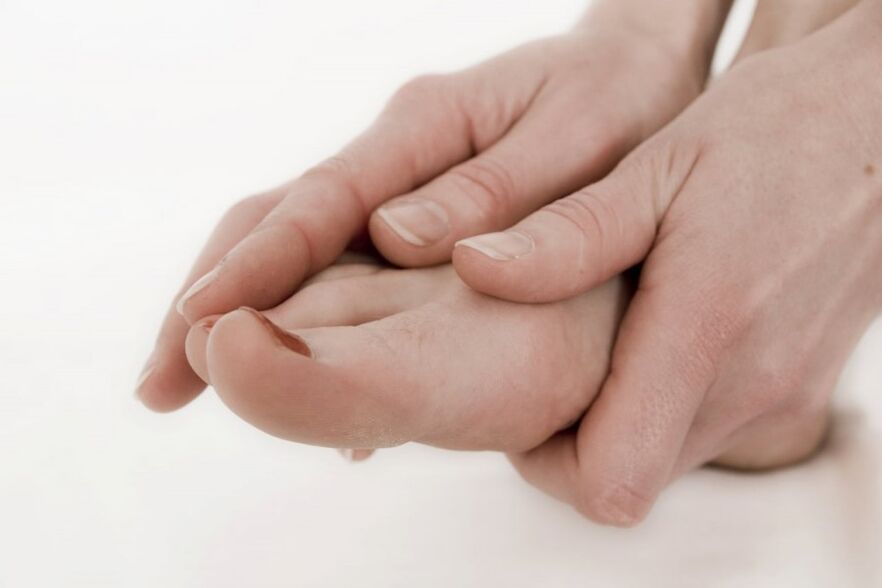When the joints are painful, a person feels discomfort and seeks to get rid of the discomfort as soon as possible by taking medicines to get rid of them. However, pain can be a sign of a serious illness, signaling its onset. It is advisable to consult a doctor promptly to avoid consequences that lead to delay and to treat only symptomatically.

Causes and symptoms
All diseases of the musculoskeletal system have painful symptoms of a different nature. Pain is a sign that a destructive pathological process is taking place in the body. Only a physical examination can accurately diagnose the cause. You need to go to the hospital if the pain in the joints resembles back pain, and it is difficult to move the limbs. Medical attention is needed for bumps, sprains, dislocations, fractures, and other injuries. When all joints are painful, polyarthritis is suspected. If the patient has pain of one type or another, the cause may be a complex injury of the motor apparatus, including ligaments and muscles, as well as a disorder of the central nervous system. The cause of inflammation of the joint nodes is an infection that has entered the body (ARVI, influenza), hypothermia. The most commonly diagnosed pain patients are:
- arthritis, ankylosing spondylitis and coxarthrosis;
- Rheumatism;
- bursitis and tendonitis;
- osteomyelitis, osteoporosis;
- bone tuberculosis;
- damage to the vascular system and the central nervous system;
- bone necrosis;
- cancer.

If the joints hurt only in the evening after a tiring day at work, you can relieve the discomfort with the help of medicated soothing ointments or folk remedies. Tired doesn't mean sick. It is also necessary to exclude stress factors, nervous tension. When deciding to go to the hospital, you need to pay attention to the symptoms that accompany the pain, such as:
- tissue swelling;
- change in skin color;
- stiffness of movements;
- temperature rise from below threshold or above;
- aching sensations in the bones before a sudden change in weather;
- creaking when moving.
Types of pain
Patients often appear to have painful joints on their own, although the discomfort may be echoes of other diseases. And, conversely, back pain can be misinterpreted as symptoms of other conditions. Pain that begins in the hip often occurs in the abdomen, and in women can be seen as a sign of impending menstruation. A heart attack on the left side of the chest can cause arm pain from shoulder to elbow. Terrible pain can spread to the cervical area and shoulder area after a wisdom tooth is removed. However, there is a distinct type of joint pain, which is divided into the following categories:
- stiffness in the morning and evening;
- sharp, diffuse, or aching pain;
- pain moving in the body;
- feeling as if the joint is "aching";
- short-term pain.
What is danger?

Acute pain at all major joint nodes is a sure sign of a serious inflammatory, infectious and degenerative process that can lead to limited motor function and disability. If the terrible, terrible pain in the joints spreads to the leg or arm, this means complete destruction of the node and the need for prosthetic surgery. Ignoring mild pain leads to aggravation of harmful processes and to complications up to cancer. Inflammation moves from node to node, affecting all major joints. Only seeking medical help in time will help stop the dystrophic and inflammatory process that destroys the joints and spine, thereby preventing a dangerous disease.
First aid
When the joints are painful and walking is also painful, you must immediately take measures to eliminate the discomfort. Until the cause is clarified, one should limit oneself to symptomatic therapy aimed at eliminating or alleviating the syndrome. First, let the affected limb rest and, if possible, use a support band to remove some of the load. With muscle spasms and convulsions, take muscle relaxants, eliminate joint pain with analgesics. Blockade will help quickly relieve pain in the knee and leg joints.

Methods of examination and diagnosis
Joint diseases, as well as other conditions that cause pain, can be identified by a comprehensive examination, including physical examination, laboratory testing, and hardware diagnostics. First, the doctor examines the affected area to see if there are signs of an inflammatory process in the joints and surrounding tissues: whether there is swelling, redness on the body, if it is painful to the touch, if it is itchy. , is there any color? is skin. The following are the tool methods:
- X-ray;
- Magnetic resonance imaging;
- supersonic;
- arthroscopy.
Clinical tests are necessary when an inflammatory or infectious process is suspected to determine its causative agent. Joint fluid samples were also obtained in cases that confirmed degenerative processes in the joint sac. Additional allergy and autoimmune testing is sometimes recommended to determine individual responses and genetic susceptibility to diseases.

What to do and how to treat?
Pain in multiple joints throughout the body is an indication of the presence of an injury (which can be chronic or hidden) or that the disease has progressed to an advanced stage. First of all, you need to understand what causes pain and eliminate the symptom situationally. Feeling the pain is increasing, it is necessary to immediately contact the clinic, where the patient will visit, and then receive treatment recommendations.
The basis of therapy is always a course of medication, at which time physical therapy is performed. Other methods are accepted as adjuncts and cannot replace drug and hardware treatment.
Medical preparation
Diseased joints are usually treated with conservative therapy with drugs, including NSAIDs, analgesics, pharmaceuticals, chondroprotectors, less often antibiotics and drugs to improve blood circulation. Each case requires a separate treatment option. Patients are prescribed pills, injections and drops.

Physiotherapy treatment
Joint pain is effectively alleviated by hardware methods. The most common are electrical and magnetic procedures. The standard course consists of 10 sessions. It is necessary to be treated in the clinic. In addition to the hard treatment, mud and mineral mud are said to have radon baths, paraffin with ozocerite, and mineral muds are particularly good for healing. For therapy, once a year convalescence is required.
Surgical method
When a joint cannot be cured, it is necessary to replace it with a prosthesis. To eliminate severe pain in the knee joint, doctors must first remove severely damaged joint cartilage, and then insert an artificial cartilage. Prostheses can be partial or complete, depending on the degree of wear of the ends of the bones and cartilage, and the presence of osteoblasts.
Exercise and massage
Therapeutic exercise will help strengthen the muscular corset. Pilates and yoga will help the body become more flexible, the joints are enhanced mobility, help prevent the growth of bone-forming cells and retain water, forming salt and calcium deposits. Strength, resistance, and flexibility exercises are performed one after the other, without sudden movements. The optimal course is selected by the trainer. In the morning and evening at home, it is recommended to perform a complex tilt and turn movement to stretch joints and muscles, especially when sitting for a long time.
Strength, resistance, and flexibility exercises are performed one after the other, without sudden movements. The optimal course is selected by the trainer. In the morning and evening at home, it is recommended to perform a complex tilt and turn movement to stretch joints and muscles, especially when sitting for a long time.
When feet are sore after a long walk, massage combined with a hot herbal bath will help relieve discomfort. It is permissible to perform massage and acupuncture at home, without going to the clinic, but provided that the procedures are performed by an experienced doctor, otherwise unsightly marks may be left on the skin.
Folk recipes
On the one hand, the effectiveness of non-traditional methods has not been clinically proven, but on the other hand, many patients have successfully reduced pain thanks to natural home remedies that they do themselves. If the joints ached, they applied a honey cream with hot peppers and bee venom added. Blisters occurring with joint disease are eliminated with rubbing alcohol and compresses based on dandelion and horse chestnut inflorescences. Cold pressed olive oil has a pain-relieving effect. When practicing traditional medicine, it must be remembered that many ingredients can cause allergies and skin damage. Treatment with folk remedies is accepted as a symptomatic treatment, but not the main course of treatment.
Precautions
In spring and winter, vitamin deficiency leads to impaired nutrition of the joints, making them vulnerable to inflammatory processes. It is necessary to supplement with multivitamins regularly. To prevent joints, you can take dietary supplements that have chondroprotective effects. Every month should go to the massage room to maintain muscle tone, undergo a small treatment session of 5 courses. After being injured, it is mandatory to wear a bandage and use a cane. If pain begins to recur after treatment, it is better to consult your doctor immediately.

























